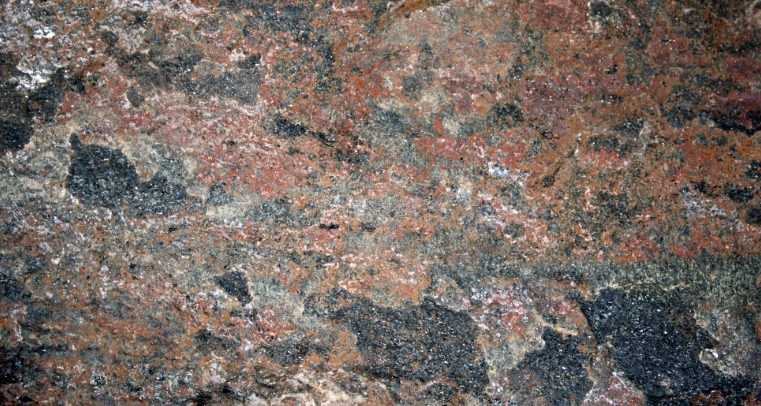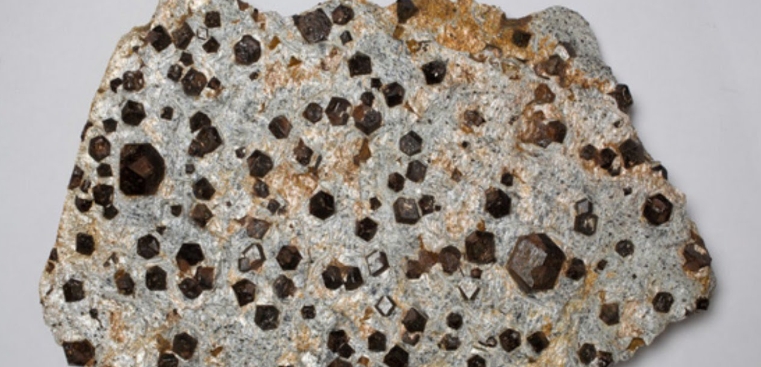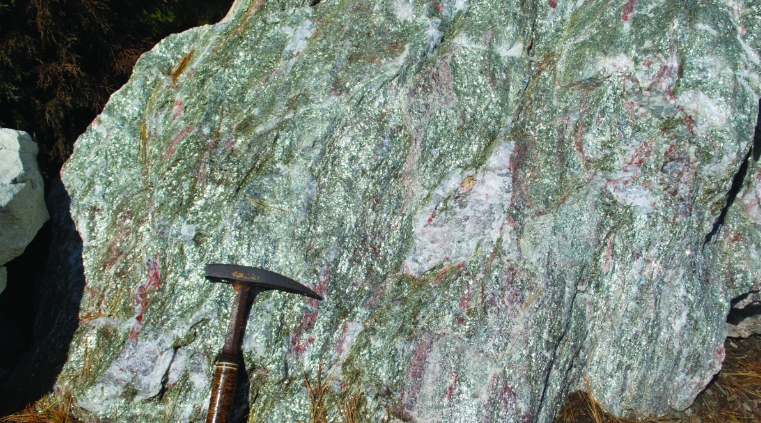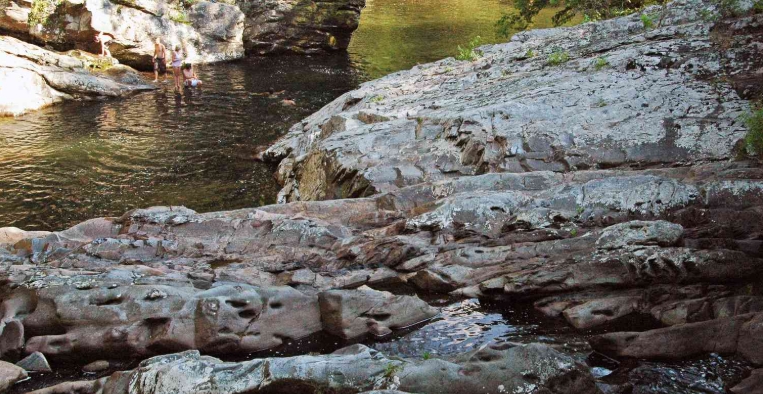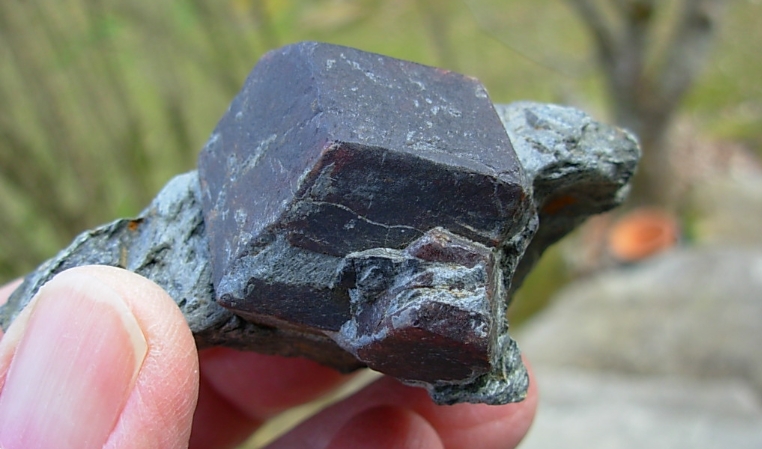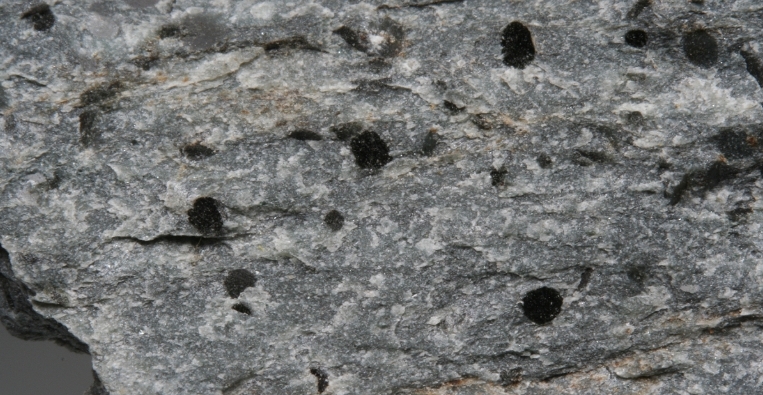granulites
Deep within the Earth’s crust lie granulites, enigmatic rocks that hold the key to understanding the planet’s geological past and present. Scientists have long been intrigued by these mysterious rocks, which provide valuable insights into the processes that shape the Earth’s deep crust. By unraveling the mysteries of granulites, we can gain a better understanding […]


